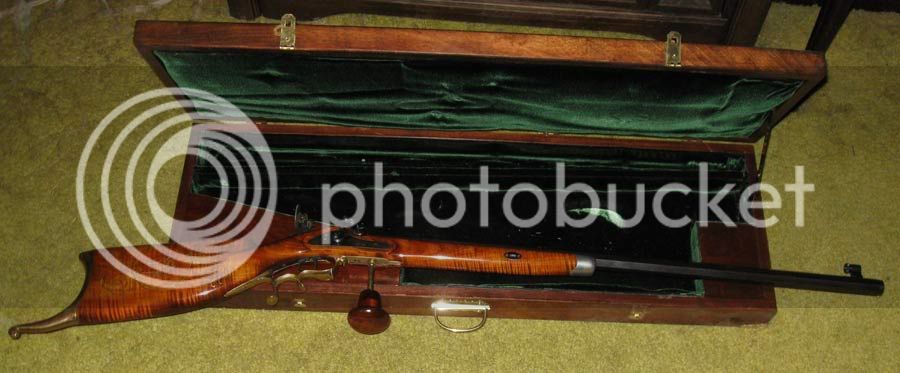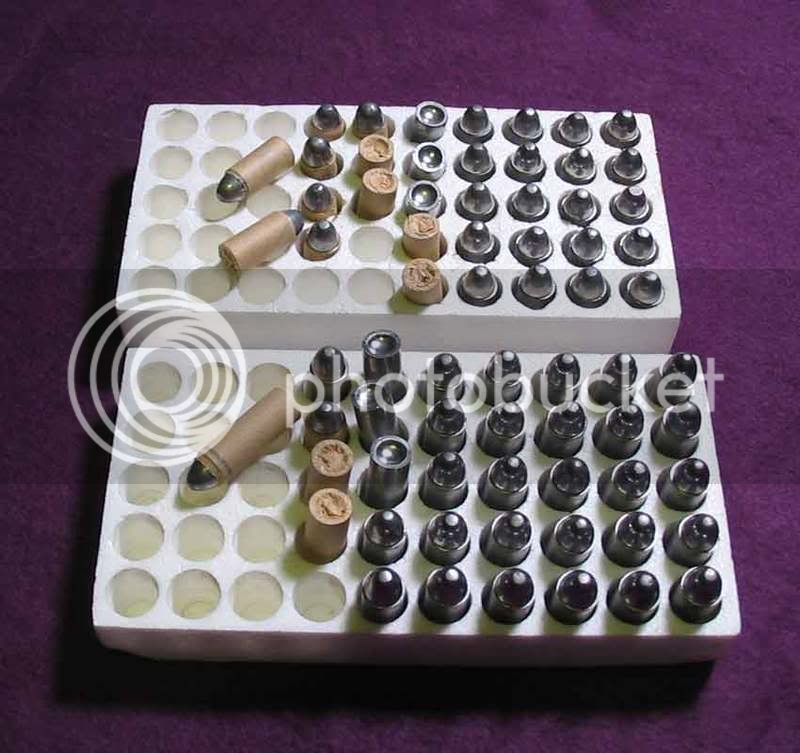From The Sporting Rifle and Its Projectiles ”“Forsyth 1867
pp.71 ”“ 72 “Just so in a rifle barrel ; the sharper the rate of spiral the greater the tendency of the ball to fly from the grooves and go straight, instead of following the curve [of the rifling]. When it does so it is technically called “stripping,” and is of course fatal to all accuracy of flight. This tendency”¦.can also be counteracted”¦.namely by reducing the velocity, or by giving the ball a greater hold on the grooves; or by a combination of both.”
p. 97 “Formerly, the twist, friction, and tendency to “stripping” were enormous ; this necessitated deep grooves, indenting the zone of the bullet, and causing atmospherical resistancs of a most irregular description, which again, working in a circle, necessitated great spiral in the rifle for such balls. Now, the twist, friction, and tendency to strip are at the minimum : this permits an easy loading bullet, which leaves the muzzle a perfect sphere, and has very little tendency to irregular flight ; which again, permits the slight rate of spiral in the barrel that gives rise to these advantages.”
What we see here is an example that shows the problem had been solved by the middle of the 19th century. What Forsyth describes are barrels rifled very similar to ours today...which explains why we don't see stripping when we shoot. One might observe that the much earlier rifle barrels often were cut (although the above two quotes do not note this) without symmetric lands and grooves, that the grooves were thinner than the lands, as well as being what Forsyth considered "very deep".
Forsyth also writes about very large powder charges in very large bore rifles. Much larger than what we attempt today in both caliber and powder.
I submit, that "stripping" was NOT a myth. It simply continued forward from when it did apply. A great many hunters in the 19th century would not have been well versed on the cutting edge of round ball rifle barrel improvements. Plus the conical bullet had been introduced, and was quickly followed by fixed ammunition...thus the recent improvements died before becoming common knowledge. The old ideas, being widespread, continued in the odd places where muzzleloading rifles survived shooting the patched round ball.
IF we are going to proclaim this as a myth, then we need a barrel made from their steel, the steel of the 18th century, rifled as they did so, with their twist rates, perhaps even faster than 1:48 (1:32 was not unknown)...and with heavy charges, and see if stripping can or cannot happen.
LD









